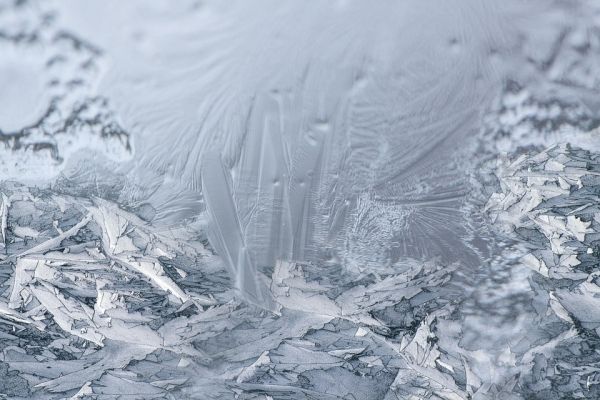Contrary to what you may have been taught, water doesn’t always freeze to ice at 32 degrees F (zero degrees C). Knowing, or controlling, at what temperature water will freeze (starting with a process called nucleation) is critically important to answering questions such as whether or not there will be enough snow on the ski slopes or whether or not it will rain tomorrow.
Nature has come up with ways to control the formation of ice, though, and in a paper published today in the Journal of the American Chemical Society University of Utah professor Valeria Molinero and her colleagues show how key proteins produced in bacteria and insects can either promote or inhibit the formation of ice, based on their length and their ability to team up to form large ice-binding surfaces. The results have wide application, particularly in understanding precipitation in clouds.
“We’re now able to predict the temperature at which the bacterium is going to nucleate ice depending on how many ice-nucleating proteins it has,” Molinero says, “and we’re able to predict the temperature at which the antifreeze proteins, which are very small and typically don’t work at very low temperatures, can nucleate ice.”
What is ice nucleation?
It’s long been known that life likes to mess with ice. Insects, fish and plants all produce various forms of antifreeze proteins to help them survive in below-freezing conditions. And plant pathogens, particularly the bacterium Pseudomonas syringae, employ proteins that promote the formation of ice to induce damage in their hosts. Before we can talk about how these proteins work, though, we need a quick refresher on how ice freezes.
Read more at University of Utah
Photo Credit: stux via Pixabay


